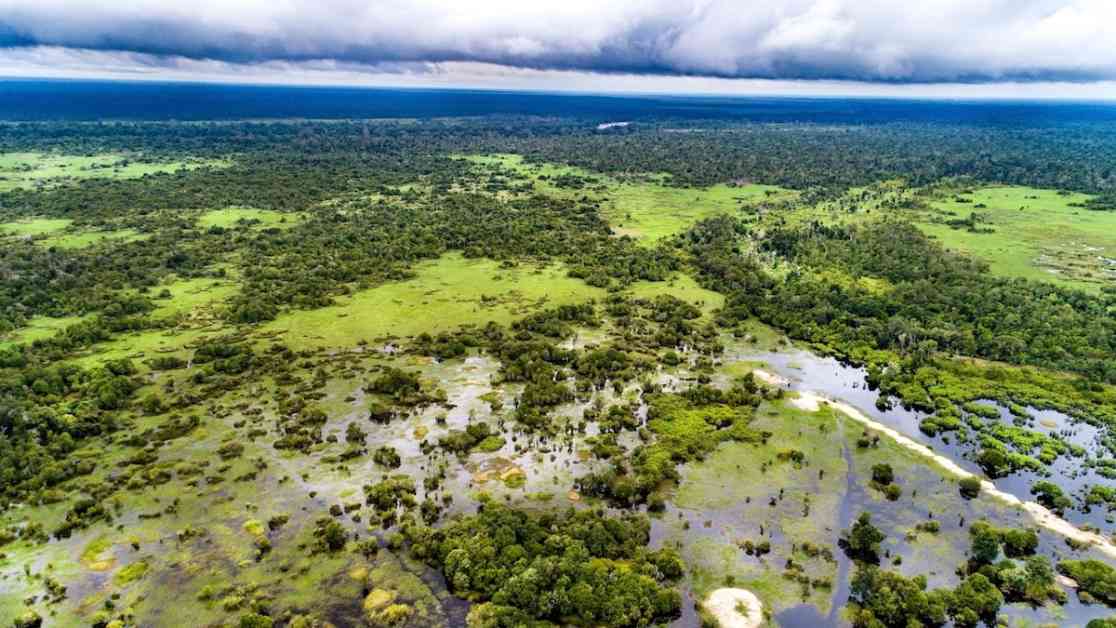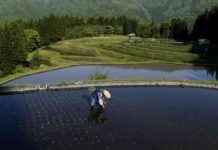Preserving Peatland and Mangroves Decreases Emissions in Southeast Asia
A recent study has uncovered a groundbreaking discovery that could revolutionize the fight against climate change. Scientists have determined that the preservation and restoration of peat swamp forests and mangroves in Southeast Asia could lead to a significant reduction in land-use emissions by a staggering 54%. This finding is particularly crucial as this region contributes to approximately one-third of global land-use carbon emissions, highlighting the potential for a 16% reduction in land-use emissions worldwide.
Peatlands and mangroves, which cover around 5.4% of the land area in Southeast Asia, play a pivotal role in carbon sequestration. These ecosystems have the remarkable ability to sequester up to 90% of carbon in the soil, making them vital in the battle against climate change. Moreover, the natural peatland and mangrove ecosystems are home to a diverse range of species, underscoring their importance in promoting biodiversity.
Threats to Peatlands and Mangroves
Despite their significance, these critical ecosystems are under constant threat from human activities. Land-use changes, coastal development, pollution, drainage, burning, agriculture, and mining are some of the primary threats facing peatlands and mangroves in Southeast Asia. If left unchecked, these threats could lead to the release of stored carbon, exacerbating the global climate crisis.
Massimo Lupascu, a senior author of the study and associate professor of geography at the National University of Singapore (NUS), emphasized the urgency of conserving and restoring these carbon-dense ecosystems. He highlighted that by implementing preservation and restoration efforts, approximately 770 megatonnes of CO2 equivalent (MtCO2e) could be mitigated annually, nearly doubling Malaysia’s national greenhouse gas emissions in 2023.
The Economic and Environmental Value of Conservation
Restoring degraded peatlands and mangroves, which encompass millions of hectares, presents a significant opportunity to reduce emissions and combat climate change. According to a report by Mongabay News, the restoration of these ecosystems could result in a reduction of around 94 million metric tons of CO2 equivalent per year. However, the conservation of the remaining peatlands and mangroves remains a critical focus, as it is challenging to recover sequestered carbon once these ecosystems have been disturbed.
Sigit Sasmito, the first author of the study and a researcher at TropWATER at James Cook University, emphasized the immense potential of these ecosystems in mitigating climate change. He stated, “These ecosystems pack a climate mitigation punch far beyond their size, offering one of the most scalable and impactful natural solutions to combat the planet’s climate crisis.”
In addition to their environmental benefits, peatlands and mangroves also hold considerable economic value. Pierre Taillardat, a co-author of the study and a principal investigator at Nanyang Technological University (NTU) Singapore’s Wetland Carbon Lab, highlighted the potential economic opportunities associated with these ecosystems. He suggested that valuing carbon like other critical commodities and trading it on the carbon credits market could unlock vast opportunities for conservation and restoration projects, benefiting both local communities and sustainable ecosystems.
It is imperative for countries to take swift action to preserve and restore peatlands and mangroves. The UN Environment Programme (UNEP) recently reported that approximately 500,000 hectares of peatlands are destroyed each year, with East and Southeast Asia facing significant losses. Addressing the degradation of these vital ecosystems is crucial, as degraded peatlands contribute to around 4% of all global anthropogenic carbon emissions.
In conclusion, the preservation and restoration of peatland and mangrove ecosystems in Southeast Asia offer a promising solution to combat climate change. By prioritizing conservation efforts and recognizing the economic value of these ecosystems, countries can take significant strides towards reducing emissions and safeguarding the planet for future generations. The time to act is now.














